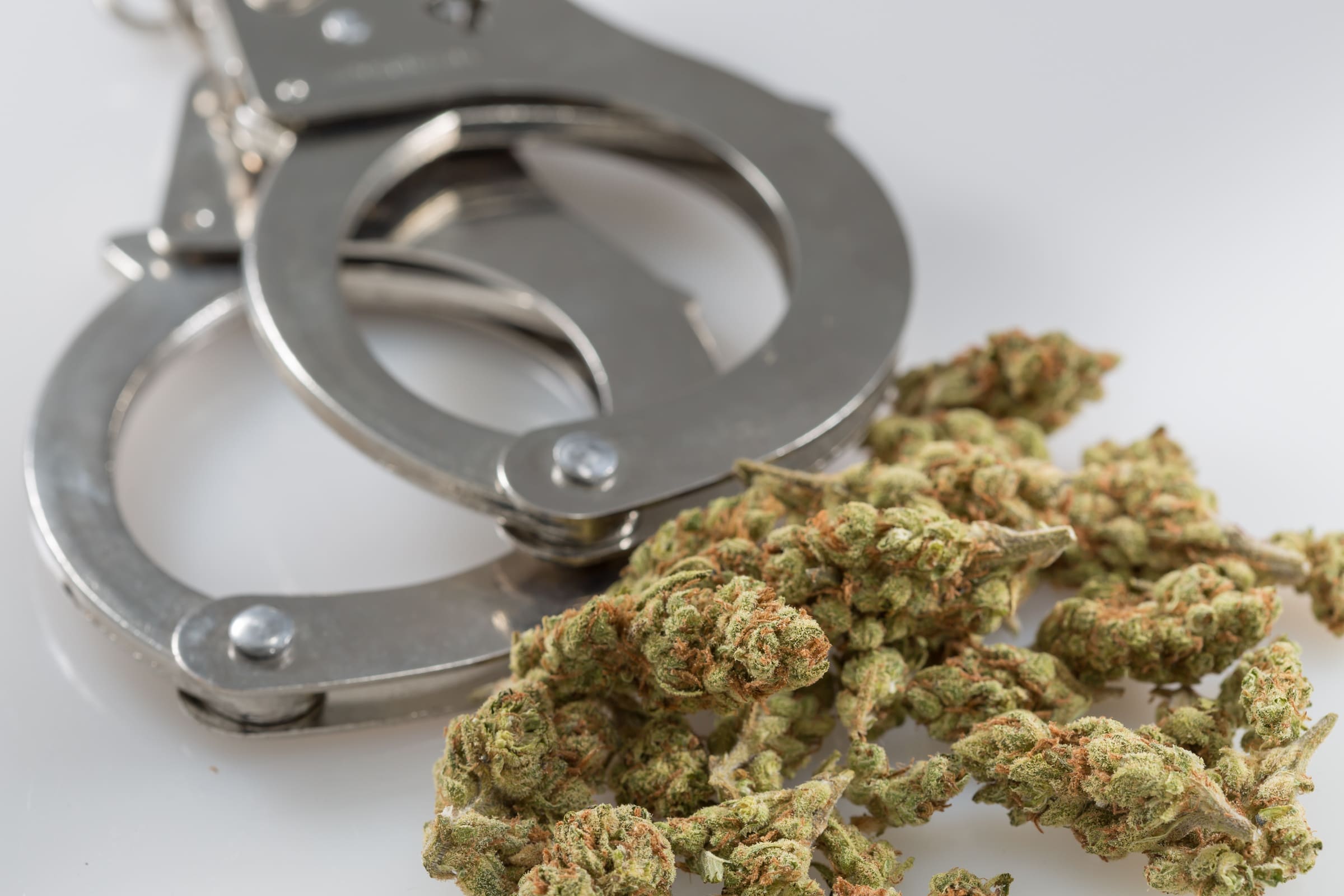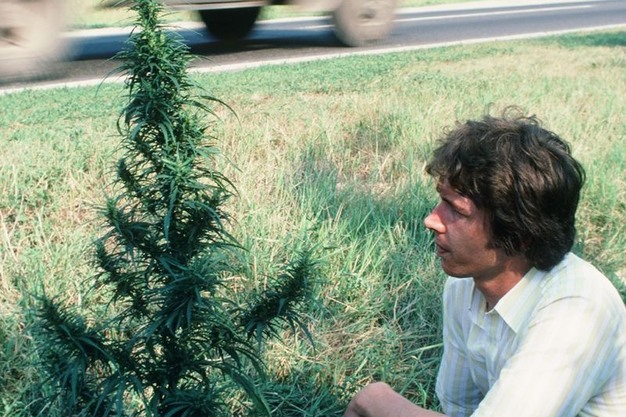“You can be charged with a felony for having legal weed in a package other than what you bought it from. You can be charged with a felony for buying legal weed in Michigan.”
By Jake Zuckerman, Signal Cleveland
It was this story originally posted By Signal Cleveland. Sign up for their free newsletter at SignalCleveland.org/subscribe.
A new law to be passed in the Statehouse next week would establish a series of juveniles Criminal penalties for persons illegally transporting or possessing marijuana in Ohiowhile withdrawing legal protections for users, such as child custody or professional license disputes.
That’s why NORML, the oldest marijuana advocacy organization in the US, is leading a quixotic effort to urge the Ohio Senate to reject Senate Bill 56 before a final vote next week.
With Senate approval, the bill would go to Gov. Mike DeWine (R) for his signature or veto.
The marijuana changes are part of a larger package that also establishes a new, comprehensive regulatory system for the intoxicant hemp, a product functionally similar to legal marijuana, but sold without age restrictions, taxes or quality controls. DeWine, a Republican who opposed relaxing Ohio’s marijuana laws, has been making public the issue of hemp more than a year ago.
But perhaps due to a political compromise, marijuana users have been caught up in the crackdown on hemp, according to Morgan Fox, NORML’s political director.
“A lot of this stuff is completely nonsensical,” he said in an interview. “This is recriminalizing a lot of behavior that is relatively innocent and has been legal for a long time.”
House and Senate lawmakers negotiated the final version of the legislation in a conference committee, which means the bill cannot be changed. The House passed it last month by a 52-34 vote last night, with a handful of Republicans joining Democrats in opposition.
Committee members described the final version as a compromise between mixed blocs of voters: Democrats who don’t want new criminal penalties for regular users, Republicans who support the right to grow marijuana, religious conservatives who oppose the expansion of legal use of the intoxicant, local governments who want their money to ruin a gas station. retailers, and both the hemp and marijuana industries seeking market advantages. (In all, 153 lobbyists signed up to work on the bill in August, state records show.)
In 2023, Ohio voters passed Issue 2 by 57 percent to 43 percent, allowing adults to legally use, buy, sell and possess cannabis. Those rights remain intact under the bill.
However, SB 56 imposes legal penalties for not having marijuana in its original container or buying legal marijuana in Michigan, where it is usually much cheaper.
Below is a closer look at some of these rules.
Out-of-state marijuana
SB 56 reclassifies what counts as the “legalization scope” of marijuana. And under its rules, marijuana that isn’t grown at home or purchased at a state dispensary is illegal. Prices are much lower in Michigan’s more mature cannabis market, and SB 56 would make it illegal to bring the substance back into Ohio.
Violators can be charged with a misdemeanor, which carries a maximum fine of $150, but no jail time.
Fox, the state lobbyist for NORML, said he is not aware of any adult-use states that outlaw the simple possession of cannabis produced in another state.
Driving with marijuana in the car
Under the bill, drivers could legally transport marijuana. However, it must be stored in the trunk or, in cars without a trunk, behind the last upright seat of the car. Marijuana and any paraphernalia must also be stored in its “original, unopened container.”
Likewise, edibles must be kept in their original packaging to complete the bill.
Offenses are minor fouls.
“You can be charged with a felony for having legal weed in a package other than the one you bought it from,” Bride Rose Sweeney, one of the top Democratic negotiators in the House, said at the conference. “You can be charged with a felony for buying legal Michigan weed.”
Loss of legal protections
In addition to legalizing marijuana, the voter-approved 2023 law created legal protections for adults who use marijuana in many civil and administrative contexts.
For example, state licensing boards cannot penalize licensees solely for using marijuana. A judge cannot deprive a parent of parenting time or responsibilities based solely on marijuana use and absent clear and convincing evidence of the child’s lack of safety.
Similar protections exist in relation to access to medical care, such as organ donation, in relation to denying a person as a tenant or disqualifying them from public benefits.
The bill removes almost all of these protections, although users can access public benefits (except unemployment compensation).


 Cannabis News4 months ago
Cannabis News4 months ago
 Florida4 months ago
Florida4 months ago
 Canadian Cannabis News4 months ago
Canadian Cannabis News4 months ago
 Video4 months ago
Video4 months ago
 Best Practices4 months ago
Best Practices4 months ago
 Video4 months ago
Video4 months ago
 Cannabis News4 months ago
Cannabis News4 months ago
 Cannabis News4 months ago
Cannabis News4 months ago































